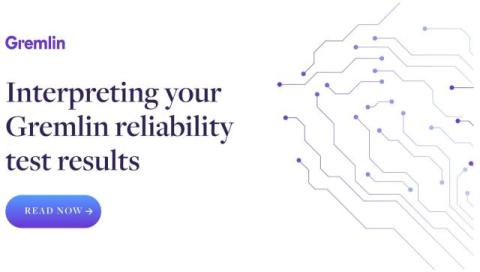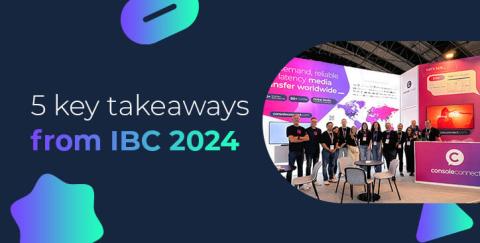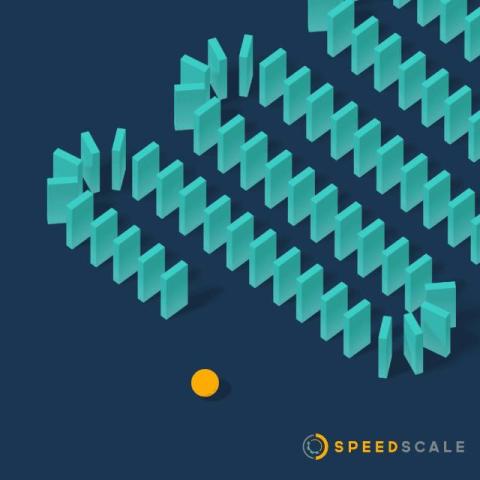Network Modernization: From Legacy TDM to Service Resiliency
Utilities today are focused on the 3-Ds, De-Carbonization and the transition to renewable energy, De-Centralization of energy resources and infrastructure, and Digitalization, with smart systems, grids, and substation modernization. In addition, the need to integrate the IT & OT networks puts the pressure on to increase efficiencies - but it also opens and enables a world of possibilities for the next-generation Utility, flexible to new Telco service offerings and revenue streams.











